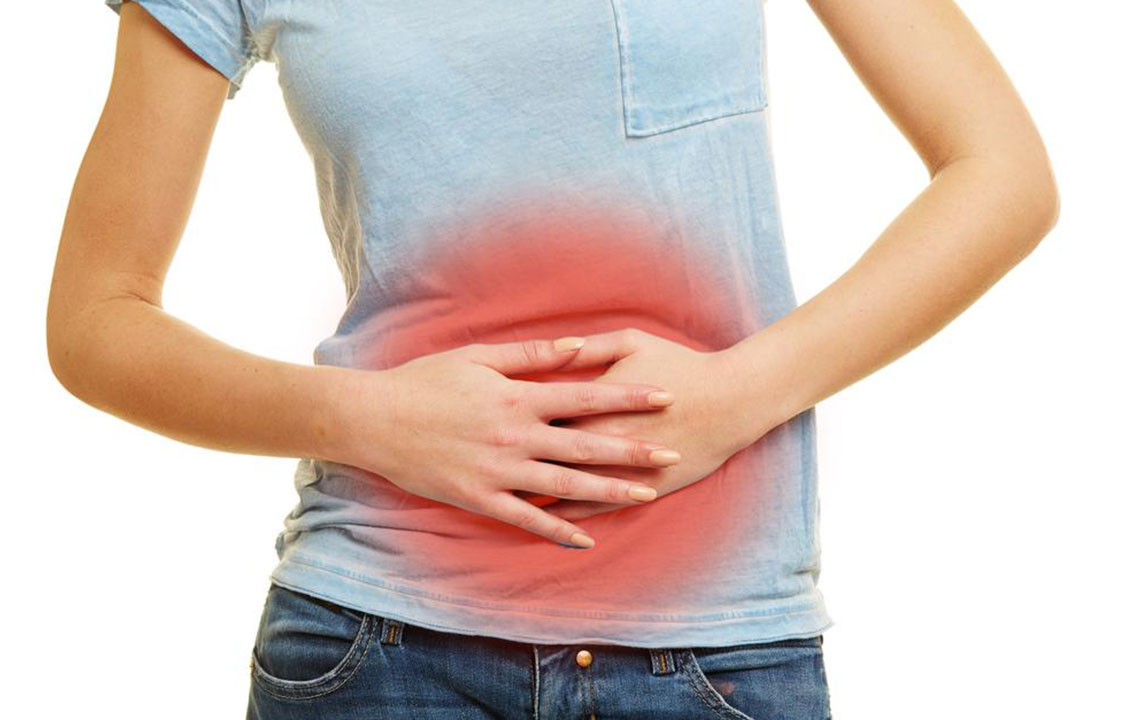Effective Ways to Get Relief from Diarrhea

Diarrhea is a condition characterized by loose or watery stools, dehydration, and loss of appetite. Usually, the condition can leave a patient for itself. However, sometimes diarrhea can become severe enough to cause fatality to a sufferer. It is recommended by doctors to stay careful while suffering from diarrhea. It is important to regulate the food and drinks we consume during such time. Not only this, medications are a popular mean to get instant relief from diarrhea. Here are some over-the-counter medications that one can take to get relief from diarrhea.
One important precaution about medication to get relief from diarrhea is that there are separate medications for adults and children. Thus, it is necessary not to give a medicine that provided relief to your child. Therefore, never hesitate to recommend a pediatrician before purchasing any diarrhea medication for your child.
Over-the-counter medications
It is suggested to try over-the-counter medication. In a majority of cases, these over-the-counter medications can be used to avoid bouts of diarrhea. If you have not heard a term called traveler’s diarrhea, you should know that this condition is usually a result of consuming a food or drink that is contaminated. People on travel often end up compromising their health after eating food that can bad for their health.
Some of the over-the-counter medications include Imodium (loperamide), Pepto-Bismol, and Kaopectate (bismuth subsalicylate) to get relief from diarrhea. However, it is highly recommended to take medication after the advice of physicians. The medications just mentioned are reasonable to take occasionally. But, these medications should not be taken for more than two days.
People believe that in case you take pharmaceutical remedies for traveler’s diarrhea, they are good as they make a sufferer better in no time. However, they are not efficient enough to eliminate bacteria, parasites, and viruses from the system so early. There is a possibility that diarrhea may return. In such a circumstance, consult a doctor.
Diarrhea can also be treated with home remedies. Dehydration, a common symptom of diarrhea, can also be treated using home remedies. Take frequent and small sips of water to rehydrate the body. Small bites of salty crackers can be used for this purpose. It is good if one can increase the amount of fluid consumption to 1 liter an hour. High level of water consumption can help provide great relief from diarrhea.
In a case, if you are suffering from any liver, heart, and kidney disease, it is suggested to restrict intake of fluids and consult a doctor. You should start eating mild food the next day. Intake of food also depends on how you are feeling. Once the symptoms of diarrhea have gone, avoid consuming spicy foods, alcohol, fruits, and caffeine within the 48 hours. In food, also avoid taking chewing gum that has sorbitol. Also, avoid taking milk after 3 days after the symptoms have disappeared. You can also eat cheese or yogurt that contains probiotics.
Non-prescription medicines
In case you are pregnant, always ask your doctor before taking medicine to get relief from diarrhea. Nonprescription medicine is capable of treating diarrhea. Here are some tips that could assist you when taking non-prescription medicine to get relief from diarrhea.
If you have diarrhea for longer than 6 hours, it is better to use nonprescription antidiarrheal medicine. However, do not use the nonprescription antidiarrheal medicine if you are suffering from bloody diarrhea or if you have high fever and signs of serious illness.
Moreover, read and follow label directions on the prescription medicine. It is suggested to take the recommended dose.
Do not take nonprescription antidiarrheal medicine for a long time otherwise, you may suffer from constipation.
If a child or teen is suffering from diarrhea and gets chickenpox or flu at the same time, avoid treating diarrhea using over-the-counter medicines that contain bismuth subsalicylate. Examples of subsalicylate are Pepto-Bismol and Kaopectate. It is linked to Reye syndrome, which is a rare and serious illness. In case your child somehow has taken this medicine, he will experience a change in behavior with vomiting and nausea. And, also ask your doctor for expert advice. These symptoms are also signs of Reye syndrome.
There are also antidiarrhea medicines that absorb water and make stools thick. These medicines also cause intestinal spasms to slow down.
– Psyllium is a thickening mixture that absorbs water. This bulk ups the stool and makes it firm.
– Antispasmodic antidiarrheals such as Pepto Diarrhea control and Imodium A-D, may slow down intestinal spasms and contain antispasmodic ingredients and thickening properties.
– Lactobacillus is a probiotic that is available in either in powder or pills. These bacteria are found in the intestine and help ease digestion. Presence of diarrhea decreased the number of bacteria.
To prevent a condition like diarrhea to occur, people should live a clean lifestyle. Avoid germs and keep your hands clean. Always wash hands with antibacterial soap after cleaning.


